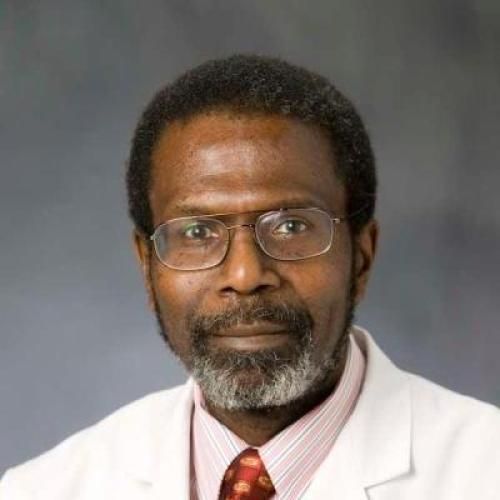Cardiac transient outward potassium current: a pulse chemistry model of frequency-dependent properties.
Recent voltage-clamp studies of isolated myocytes have demonstrated widespread occurrence of a transient outward current (I(to)) carried by potassium ions. In the canine ventricle, this current is well developed in epicardial cells but not in endocardial cells. The resultant spatial dispersion of refractoriness is potentially proarrhythmic and may be amplified by channel blockade. The inactivation and recovery time constants of this channel are in excess of several hundred milliseconds, and consequently channel availability is frequency dependent at physiological stimulation rates. When the time constants associated with transitions between different channel conformations are rapid relative to drug binding kinetics, the interactions between drugs and an ion channel can be approximated by a sequence of first-order reactions, in which binding occurs in pulses in response to pulse train stimulation (pulse chemistry). When channel conformation transition time constants do not meet this constraint, analytical characterizations of the drug-channel interaction must then be modified to reflect the channel time-dependent properties. Here we report that the rate and steady-state amount of frequency-dependent inactivation of I(to) are consistent with a generalization of the channel blockade model: channel availability is reduced in a pulsatile exponential pattern as the stimulation frequency is increased, and the rate of reduction is a linear function of the pulse train depolarizing and recovery intervals. I(to) was reduced in the presence of quinidine. After accounting for the use-dependent availability of I(to) channels, we found little evidence of an additional use-dependent component of block after exposure to quinidine, suggesting that quinidine reacts with both open and closed I(to) channels as though the binding site is continuously accessible. The model provides a useful tool for assessing drug-channel interactions when the reaction cannot be continuously monitored.
Duke Scholars
Published In
DOI
ISSN
Publication Date
Volume
Issue
Start / End Page
Location
Related Subject Headings
- Time Factors
- Rabbits
- Quinidine
- Potassium Channels
- Potassium Channel Blockers
- Models, Chemical
- Models, Cardiovascular
- Kinetics
- Heart
- Electric Stimulation
Citation
Published In
DOI
ISSN
Publication Date
Volume
Issue
Start / End Page
Location
Related Subject Headings
- Time Factors
- Rabbits
- Quinidine
- Potassium Channels
- Potassium Channel Blockers
- Models, Chemical
- Models, Cardiovascular
- Kinetics
- Heart
- Electric Stimulation


